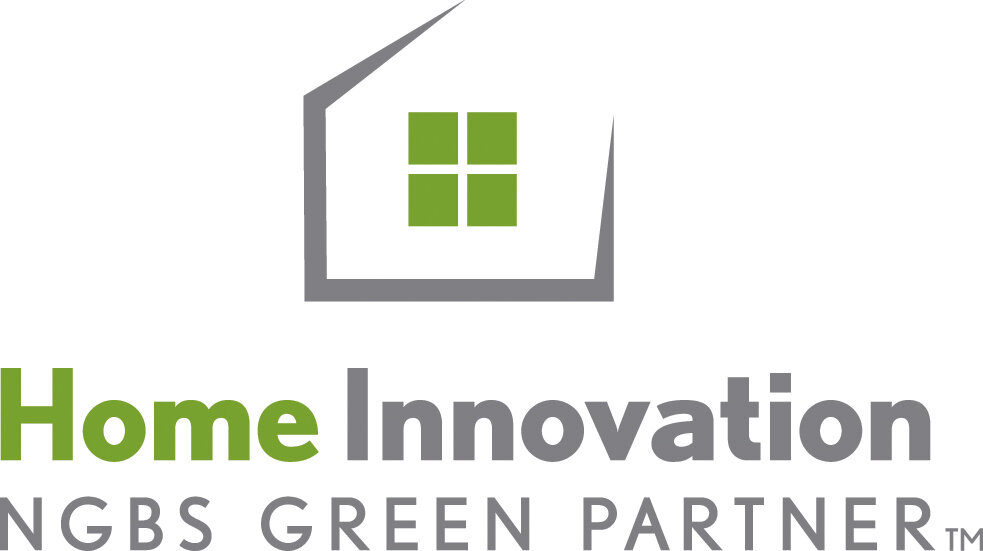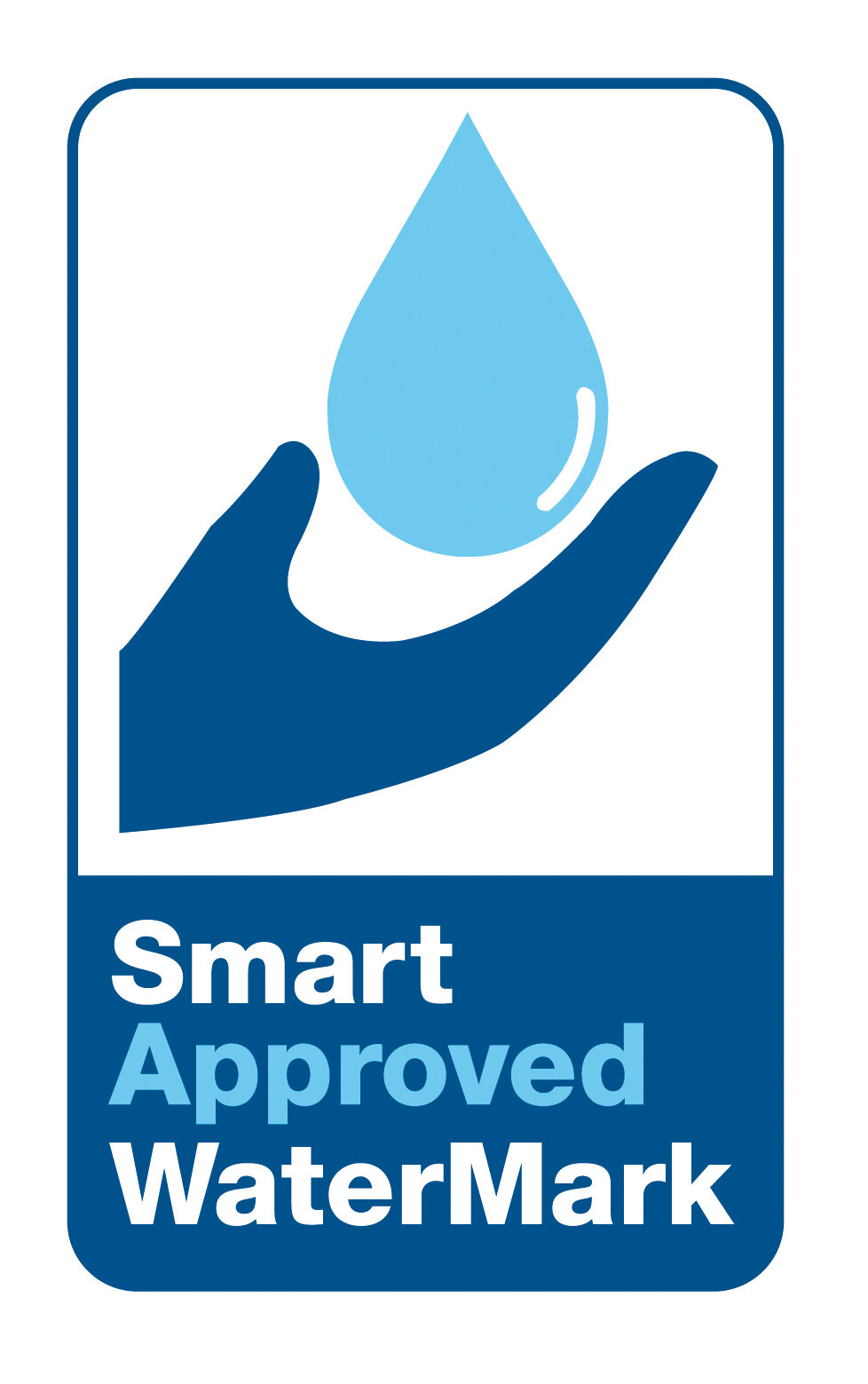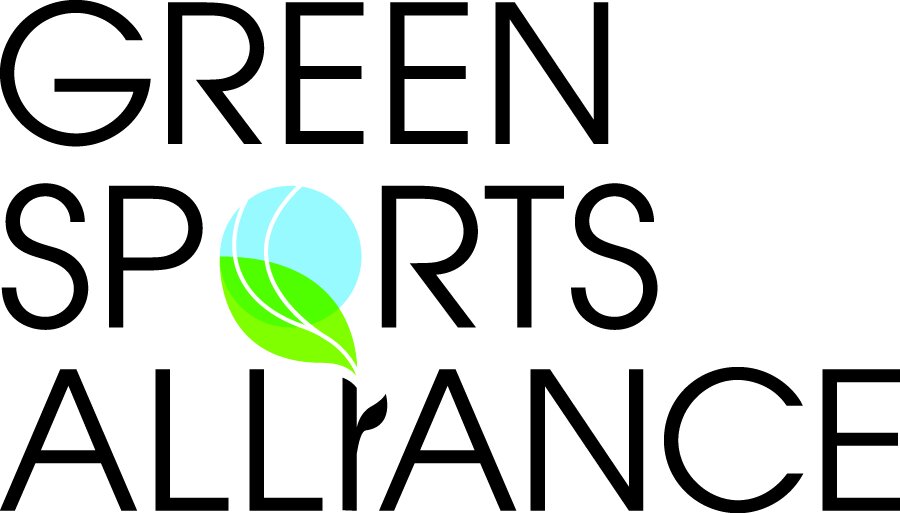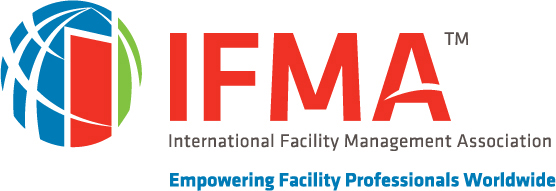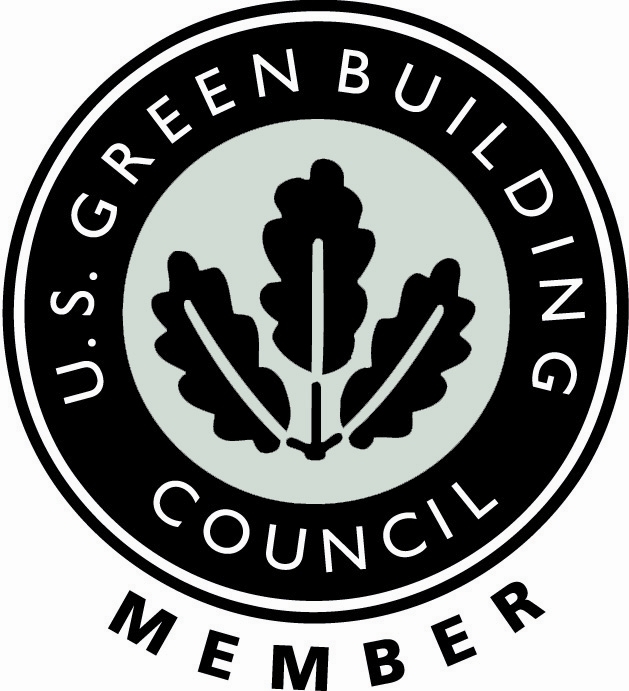For centuries, scientists and engineers gave little thought to using urine for just about anything.
It was flushed down toilets and urinals, and that’s the end of it.
However, as waterless urinals have become much more popular and used in more places worldwide, surprise, we are finding more uses for urine, uses we never thought of before.
But before we go on, we need to mention one thing: these benefits are essentially eliminated when the urine is mixed with water. That’s what makes the urine that can be collected in waterless urinals so important. While it may come from different sources, this is pure urine. No water has been mixed into it to dilute the contents.
So how is urine used today?
Here are some surprising uses:
· In Japan, they are building horse barns designed by Keio University. They convert the urine of the animals in the barn into heat. Right now, these are small barns, only made for four animals. But the scientists point out two things: along with creating heat, the urine is used to produce organic plant fertilizer. Further, they state that the technology is in its infancy. In time, larger barns housing far more animals will be heated with urine.
· Now you can grab a urine-made stool. The “Dupe Stool” is a very sturdy stool created in the U.K. It’s made from bacteria, sand, and urine. What’s more, in time, it can be broken up and used for fertilizer. This means nothing ever goes to waste.
· If in China, eat like the Chinese do. In parts of China, they make a delicacy called “virgin eggs.” They take the urine of young boys, preferably under the age of 10, and use it to boil chicken eggs. They say it has magical nutritional and fertility qualities and improves the immune system. Whether it does or does not, in some parts of China, they love eating virgin eggs.
· If you see someone with yellow teeth, it may have nothing to do about their lack of brushing or cleaning their teeth. In China, once again, a research team has developed a way to grow a tooth-like structure using stem cells harvested in urine and other organic materials. While the process does not necessarily impact the color of the teeth, in some cases, they do have a bit of a yellow tint after harvesting.
· We rarely think about it here, but in many parts of the world, such as Africa and South America, cell phone users may find recharging their phones exceedingly tricky. The problem is that outlets are hard to find, and many times once they are discovered, there’s no “juice” in the outlet. A team of scientists at Bristol Robotics Laboratory in the U.K. has come up with a solution. They have developed a device that processes six hours of power from one liter of urine. Even better, the system is relatively easy to make, so they are marketing it as a DIY – Do It Yourself –project that can be made by just about anyone anywhere in the world if they have urine collected nearby.
It’s likely no one ever thought about these benefits when Waterless Co introduced the waterless urinal thirty years ago. In those days, the key concerns were reducing water consumption and reducing facility operating costs.
Now, waterless urinals are helping to create an array of new products and technologies. It wasn’t in the cards thirty years ago, but given time, we at Waterless Co believe several new products and technologies will be produced as a result of waterless urinals.

















